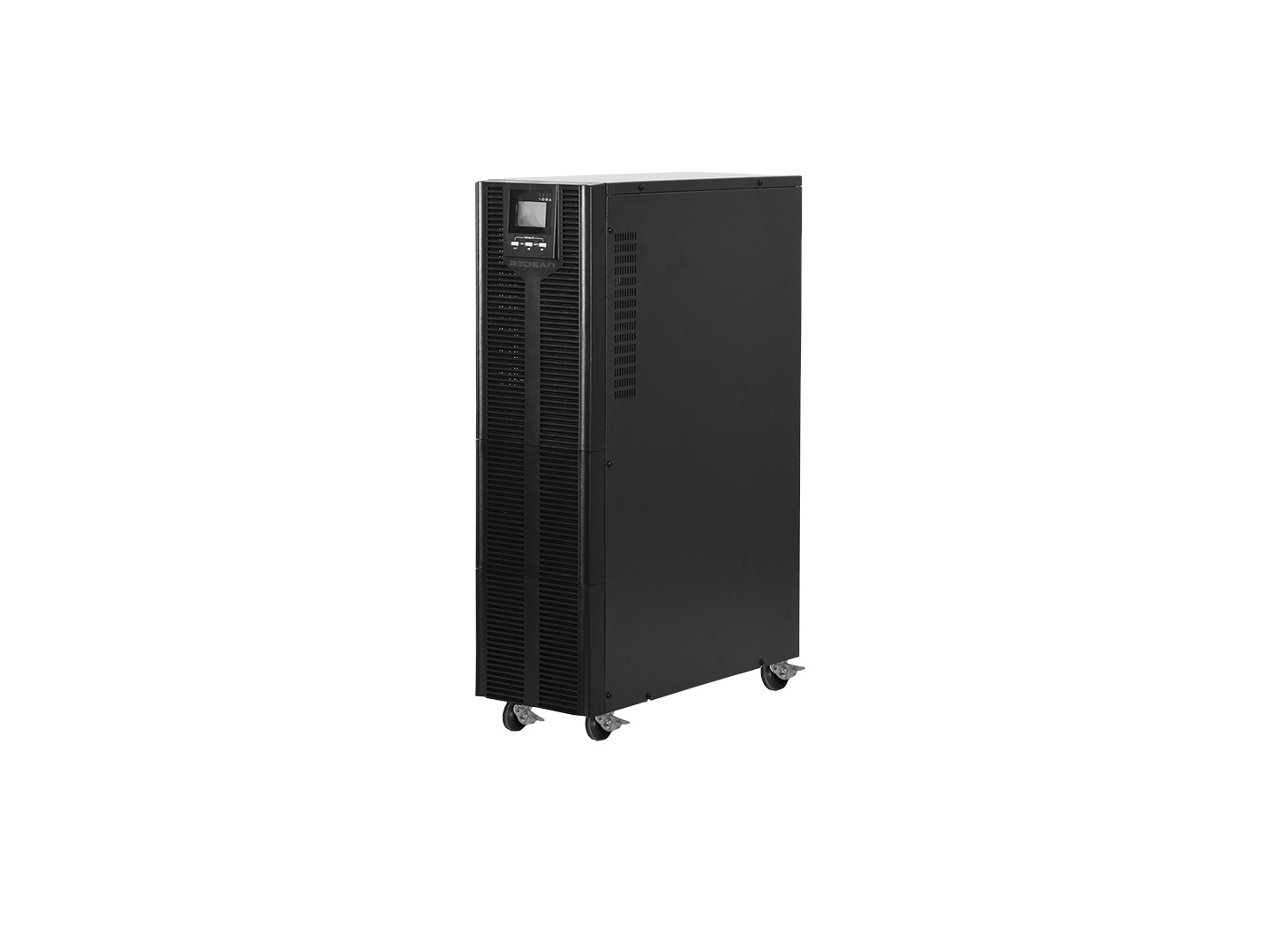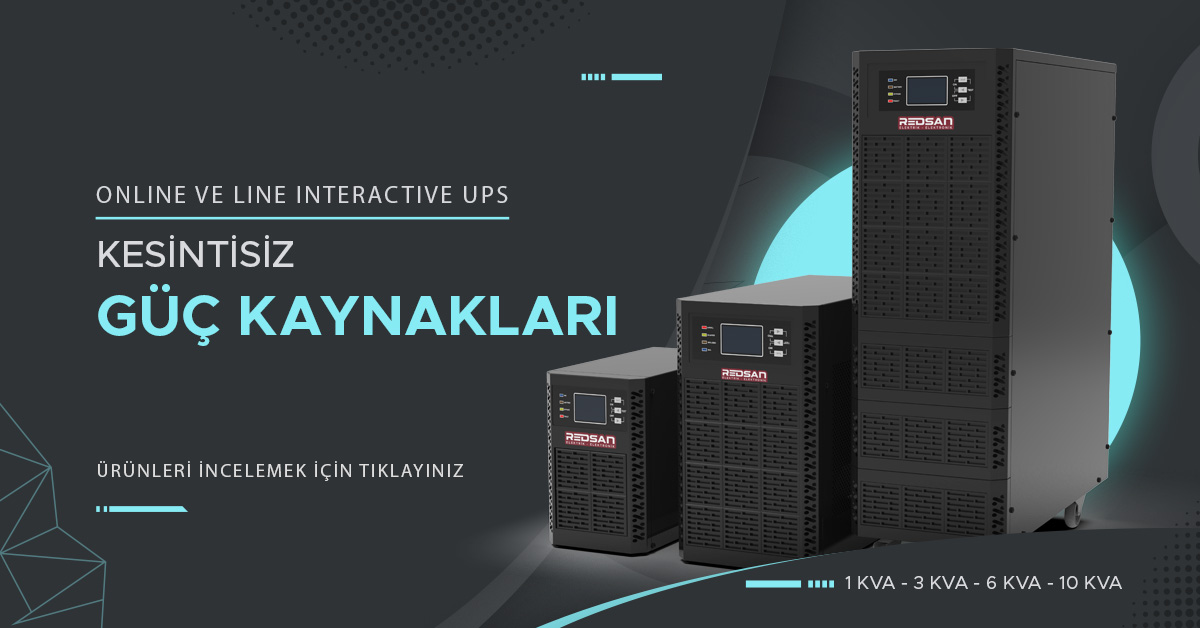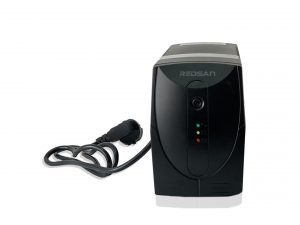What is an Uninterruptible Power Supply (UPS) and What Does It Do?




With the expression that everyone will understand, certain electronic devices may be damaged if the electricity coming after an interruption in the power line is low or high. In this case, it is an electronic device that prevents a device failure that may occur financially and morally. There may be differences in model and power between these devices used at home and those used in industry. In this sense, it would be better to make an interview before purchasing this product and buy the power supply that suits your needs.
UPS is an electronic device that prevents the electronic device supply of any power line and network from being cut off suddenly and the current coming from this line from being high and low.
Uninterruptible Power Supply UPS Usage Area
Uninterruptible Power Supply (UPS) systems provide protection against power outages, voltage fluctuations, high voltage spikes and other energy problems. For this reason, they are widely used in many critical and sensitive applications. Here are some of the main areas where UPS systems are used:
- Data Centers: UPS systems are needed to prevent data loss and ensure the continuous operation of servers and network equipment.
- Hospitals: Vital medical equipment, especially in intensive care units, is backed up by UPS systems to protect it from power failure.
- Telecommunication Equipment: Uninterrupted energy is vital for telephone exchanges, cell phone towers and other communication equipment.
- Offices: UPS systems are used for computers, printers, fax machines and other office equipment.
- Industrial Plants: To avoid disruptions in production, some critical machinery and equipment are supported by UPS systems.
- Banks and Financial Institutions: UPSs are essential for ATMs, branch computers and other critical financial systems.
- Airports: UPS is used for critical systems such as control towers, security systems and ticketing terminals.
- Shopping Centers: Security cameras, fire alarm systems and other critical systems are powered by UPS.
- Educational Institutions: UPS use is common for laboratory equipment, computer labs and other critical systems.
- Power Plants: UPS systems are essential for control rooms, security systems and other critical infrastructure.
- Home Use: It is common to use UPS at home for computers, modems, televisions and some household appliances.
- Research Laboratories: UPS systems are used for precision measurement equipment, analyzers and other critical research equipment.
- Elevators: Some modern elevator systems are UPS powered to prevent elevators from getting stuck during a power outage.
- Emergency and Security Systems: Emergency and security equipment such as fire alarm systems, security cameras and access control systems require an uninterrupted power supply.
- Entertainment and Media Industry: UPS systems for radio and television broadcast stations, studio equipment and other media infrastructure can be vital.
These uses illustrate how critical UPS systems are in a wide and diverse range of applications. UPS models with different capacities and features can be selected according to specific needs.
Uninterruptible Power Supply UPS Types
Regarding the uninterruptible power supply UPS, it will not be possible to talk about a model or models with a few features. Because the needs of each system are quite different from each other. In this sense, it will be possible to see UPS models with different features to help each system. Currently, we have brought together for you UPS models that are mainly used in Turkey. Types of uninterruptible power supply UPS:
1- Off-Line UPS
3- Online UPS
What are the Advantages of Line-Interactive UPS Power Supply?


line interactive ups
Line Interactive UPS (Uninterruptible Power Supply) systems are basically positioned between stand-by (offline) and online UPS systems, and generally fall between the two types in terms of both price and performance. Line Interactive UPSs have many advantages:
- Price: They are generally more affordable than online UPS systems, so they can be an ideal choice for cost-conscious users or organizations.
- Energy Efficiency: Line Interactive UPS systems generally offer high energy efficiency, which can help reduce energy consumption and operating costs.
- Advanced Voltage Regulation: This type of UPS features automatic voltage regulation (AVR). This allows the device to automatically adjust to fluctuations in input voltage, thus stabilizing the voltage without constantly switching on and off the battery.
- Fast Switchover: In the event of a power failure, the Line Interactive UPS switches on quickly, ensuring critical devices are protected.
- Compact Design: They often have more compact and lightweight designs, which allows for ease of installation and transportation.
- Long Battery Life: Battery life is generally longer as automatic voltage regulation against input voltage fluctuations prevents the battery from kicking in frequently.
- Advanced Protection: Line Interactive UPSs typically provide protection against abnormal conditions such as overload, short circuit, over-voltage and under-voltage.
- Low Maintenance: This type of UPS generally has low maintenance requirements.
- Noise Filtering: Some models have the ability to filter noise from the power grid.
These benefits make Line Interactive UPS systems an ideal choice for medium-sized businesses, offices, home users and many more applications. However, when choosing any UPS, it’s important to select a model with the right features for your needs.
What are the Advantages of Online UPS Power Supply?


3 KVA Ups
Online UPS is an uninterruptible power supply with the most advanced features. One of the biggest advantages of this type is that it also charges the batteries from the mains system. This is also important in terms of high efficiency. In these models, they produce more output voltage from DC voltage by rectifying the output voltage from the input network.
Here, especially in case of a problem in the system, Static By-Pass units help the system to operate without any problems. It helps the system to protect itself and run smoothly. Online UPS usage areas: It is used in every area and place where Line-Interactive UPS models are used. It provides the basis for the safe use of these systems without the need for any generator support in multi-user computer networks. Here, it is used in system rooms where products such as life support machines, which are laboratories for the use of medical devices, are used, especially in areas of health. It is also suitable for automation machines. Benefits, i.e. advantages:
- Continuous Power: Online UPS provides uninterrupted and stabilized power to the load as it continuously converts battery- or grid-supplied power.
- Excellent Voltage and Frequency Regulation: The double conversion process ensures a high quality and stable output voltage and frequency.
- Wide Input Voltage Range: Online UPS systems can tolerate a wide input voltage range, providing greater protection against external grid fluctuations.
- High Quality Output: Online UPS provides high quality output power, eliminating grid problems such as surge, noise, voltage fluctuations, frequency fluctuations and harmonic distortion.
- Fast Response Time: Reacts instantly to power outages or grid problems.
- Comprehensive Protection: Online UPS provides comprehensive protection against potential hazards such as overload, short circuit, over voltage, under voltage and high temperature.
- Advanced Battery Management: Most online UPS have advanced charge and discharge management systems to extend battery life.
- Less Battery Usage: Because small fluctuations in the grid are converted without using the battery, which can help the battery last longer.
- Remote Monitoring and Management: Most modern online UPS come with tools for remote monitoring and management.
- Scalability: Some online UPS models allow capacity expansion by adding extra battery modules or power modules.
Uninterruptible Power Supplies UPS Sections
Uninterruptible power supplies, abbreviated as UPS, ensure that the systems on which the systems are located do not experience a loss of data in the system with the disconnection of the electrical connection of the electronic devices. Here, the protection of the systems is tried to prevent damage to individuals or companies. Although it may seem a very technical term, it is a system that individuals and companies should acquire. Because people are likely to suffer greater damage due to the lack of data flow in these systems. Power supplies vary in brand model and content according to the needs of individuals and companies. There are various models in order to avoid any problems in the systems due to any loss and how much this will be tolerated. Customer consultants will deliver the most suitable model to you in terms of content. Now we will give you information about the parts of these UPS systems. Uninterruptible power supply UPS parts:
- Charging Unit: Here you should think of charging the system with straight logic. Here the batteries are charged and the inverter generates DC power for the system.
- Inverter Unit: It is the brain of the system in relation to this section. Here, there is a voltage provided by the battery and charging units. However, this voltage cannot be given directly to the system, at this stage, it first receives the generated voltage. This generated voltage is expressed as DC voltage. It converts this DC voltage to 220 v AC voltage.
- Batteries: There is a voltage that the Inverter needs at the moment the power is cut off. This voltage appears as DC voltage as we have just explained. These batteries produce the voltage required by the inverter. Full maintenance-free dry type batteries should be used here.
- Static By-Pass: It is one of the most important parts. The purpose of the UPS uninterruptible power supply is already here. When this place realizes that there is no electricity to the system, it transfers it to the network without interruption in case of failure and load.
- RS-232/USB Communication Unit: It is useful for monitoring the disruptions and information from the computer environment due to interruptions.

